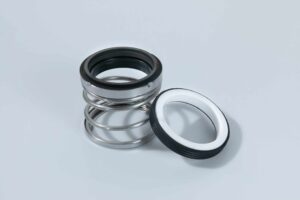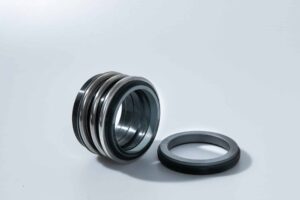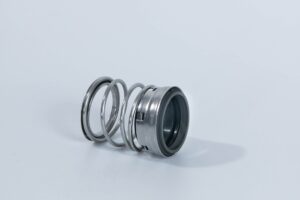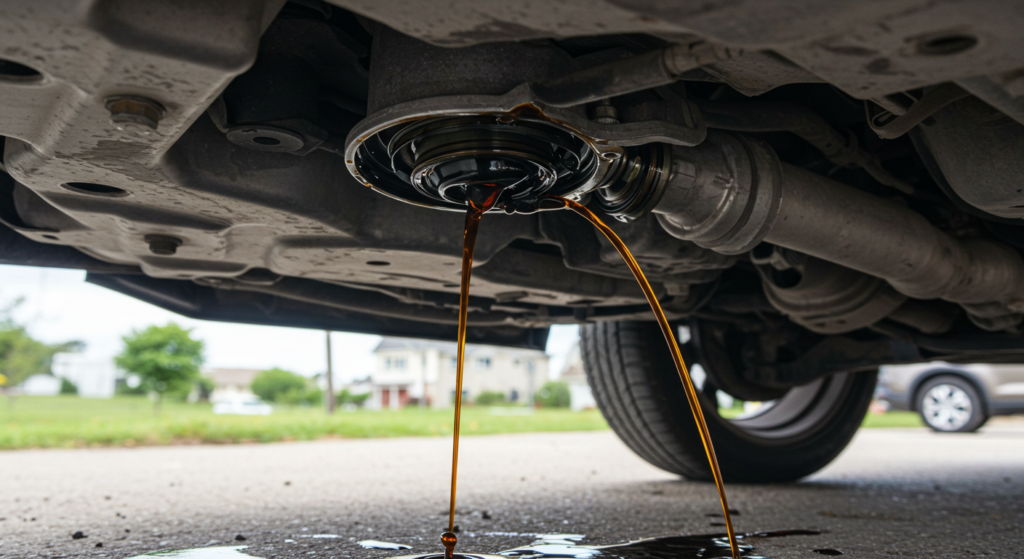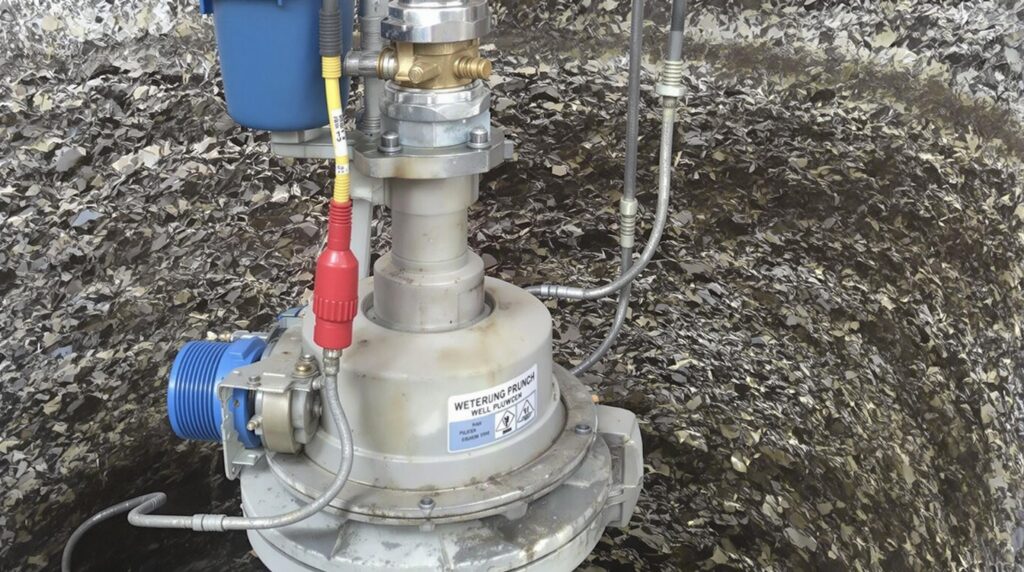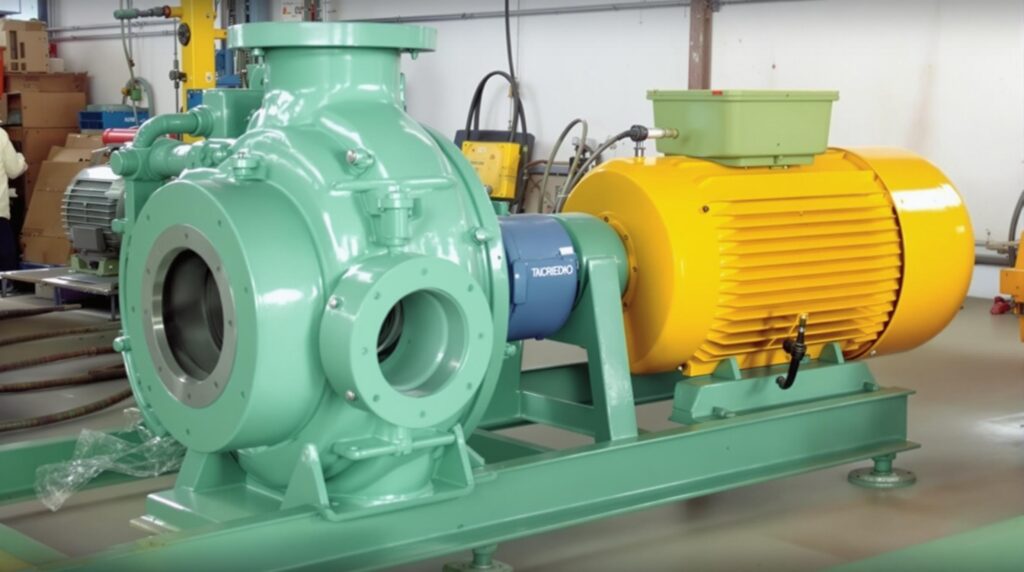Mechanical seals are critical components in many types of rotating equipment, including pumps, mixers, and compressors. Their primary function is to prevent leakage of process fluids while allowing the shaft to rotate freely.
However, like any mechanical component, seals have a limited service life and will eventually require replacement. Knowing when to replace a mechanical seal is essential for maintaining the reliability and performance of your equipment. Here are some key indicators that it may be time to replace a mechanical seal:
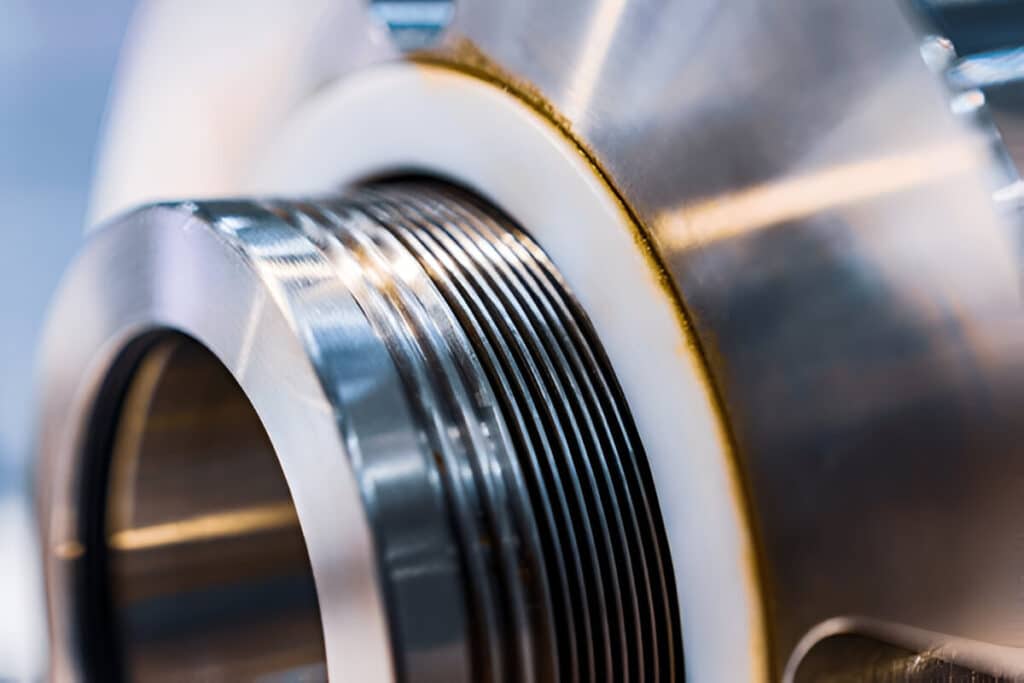
Identify and Quantify Leakage
One of the most obvious signs that a mechanical seal needs to be replaced is leakage. While a small amount of leakage during startup or shutdown is normal for some seal designs, continuous or excessive leakage during operation is a clear indication of a problem. If you notice fluid dripping or spraying from the seal area, it’s important to quantify the leak rate. Use a measuring device to collect the leaking fluid over a specific time period and calculate the leak rate in drops per minute or milliliters per hour.
Excessive leakage can lead to safety hazards, environmental concerns, and increased maintenance costs. It can also indicate that the seal faces are damaged or worn, the seal is improperly installed, or the equipment is operating outside of its design parameters. If leakage exceeds the manufacturer’s specifications or your plant’s standards, it’s time to replace the seal.
Analyze Operating Conditions
Another factor to consider when deciding whether to replace a mechanical seal is the operating conditions of the equipment. Seals are designed to operate within specific ranges of temperature, pressure, speed, and chemical compatibility. If the actual operating conditions deviate significantly from the design parameters, the seal may fail prematurely.
Review the seal manufacturer’s documentation and compare it to the actual operating data for your equipment. Pay attention to factors such as:
- Temperature: Is the process fluid temperature within the specified range for the seal materials?
- Pressure: Are the seal chamber and buffer/barrier fluid pressures within the recommended limits?
- Speed: Is the shaft rotating at the proper speed for the seal design?
- Chemistry: Is the process fluid compatible with the seal face materials and elastomers?
If any of these parameters are outside of the acceptable ranges, the seal may be at risk of failure. Consider replacing the seal with one that is better suited to the actual operating conditions.
Listen for Unusual Sounds
In addition to visual inspections and data analysis, it’s important to use your senses when evaluating the condition of a mechanical seal. One key indicator of seal problems is unusual noises coming from the equipment.
When a seal is operating properly, you should hear only the normal sounds of the rotating equipment, such as the hum of the motor or the flow of the process fluid. However, if you hear squealing, grinding, or chattering noises coming from the seal area, it may indicate a problem.
Squealing noises can indicate dry running, where the seal faces are not properly lubricated by the process fluid or barrier fluid. This can cause rapid wear and damage to the seal faces. Grinding noises may indicate that the seal faces are heavily worn or damaged, or that there are abrasive particles in the fluid. Chattering noises can occur when the seal faces are not properly aligned or when there is excessive vibration in the equipment.
Feel for Excessive Vibration
Excessive vibration is another indicator that a mechanical seal may need to be replaced. Vibration can be caused by a variety of factors, including improper installation, shaft misalignment, bearing wear, and cavitation.
When a seal is subjected to excessive vibration, the seal faces can become damaged or worn, leading to increased leakage and reduced performance. Vibration can also cause the seal components to loosen or become misaligned, further compromising the integrity of the seal.
To check for vibration, place your hand on the seal housing or the equipment near the seal area. If you feel significant vibration or pulsation, it may indicate a problem with the seal or the equipment. Use vibration monitoring equipment to measure the frequency and amplitude of the vibration and compare it to the manufacturer’s specifications or industry standards.
If the vibration exceeds acceptable levels, consider replacing the seal and investigating the root cause of the vibration to prevent future failures.
Inspect Visually
Finally, regular visual inspections are essential for identifying potential problems with mechanical seals. During routine maintenance or equipment downtime, take the opportunity to visually inspect the seal and its components.
Look for signs of damage, wear, or corrosion on the seal faces, O-rings, and other components. Check for proper alignment of the seal components and ensure that the seal is properly installed and secured.
Pay attention to the condition of the flush fluid or barrier fluid system, if applicable. Look for signs of contamination, such as discoloration or debris in the fluid. Check the fluid level and pressure to ensure that it is within the recommended range.
If you notice any visual indications of seal problems, such as cracks, gouges, or heavy wear on the seal faces, it’s time to replace the seal. Additionally, if the seal has been in service for an extended period and is approaching the end of its recommended service life, consider proactive replacement to avoid unexpected failures.

